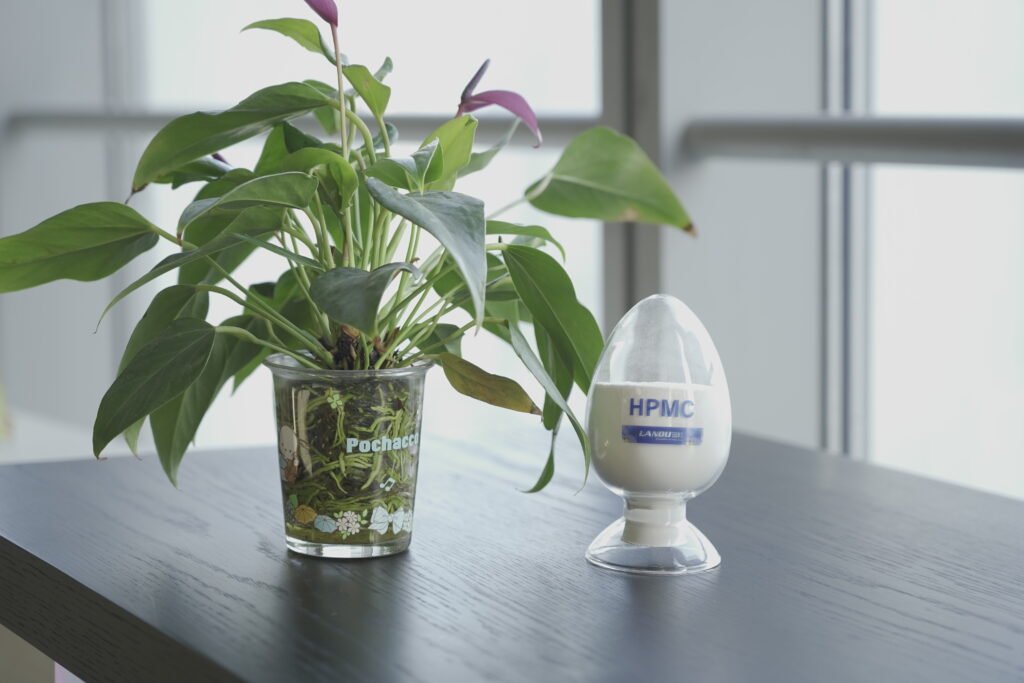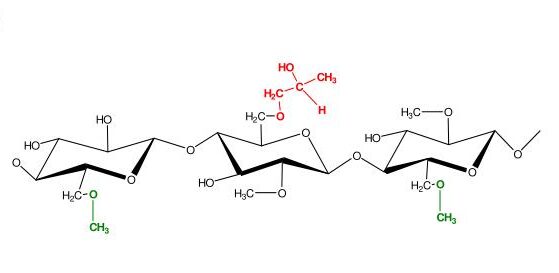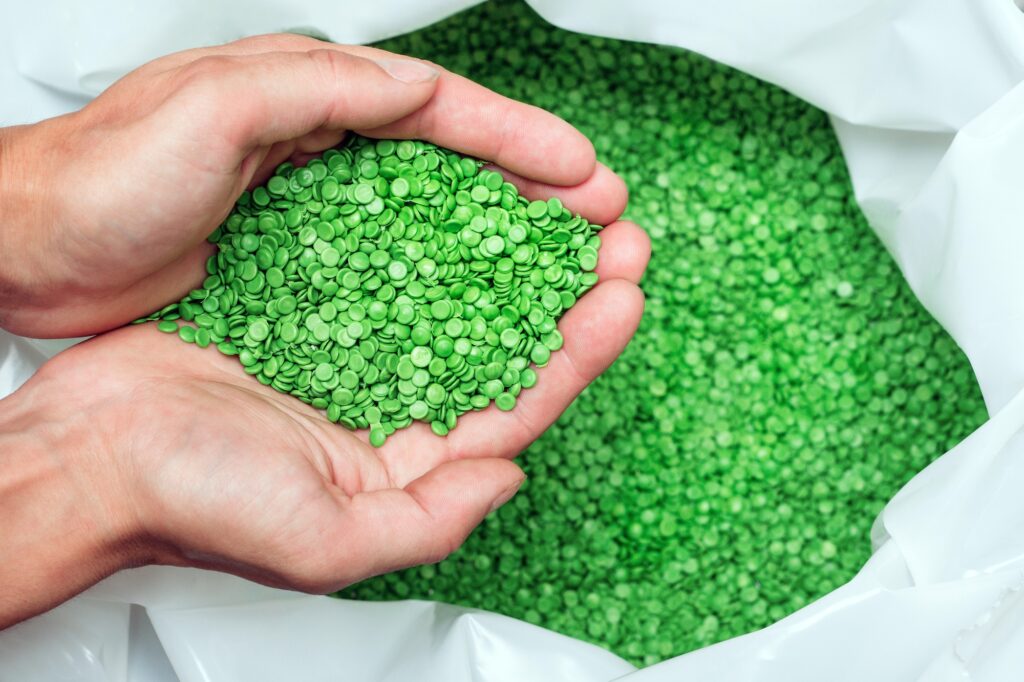1. What is Hydroxypropyl Methyl Cellulose (HPMC)?
Hydroxypropyl Methyl Cellulose, the full form of HPMC, is a non-ionic cellulose alkyl hydroxyalkyl mixed ether obtained through the processes of alkalization, etherification, neutralization, and washing of cellulose. The methyl substitution degree of commercial HPMC ranges from 1.0 to 2.0 and an average hydroxypropyl substitution degree ranges from 0.1 to 1.0. Its chemical structure is as shown in the figure.


Physical Properties of HPMC
- Appearance: White powder(odorless and tasteless)
- Particle size: 100% pass 80 mesh
- Saturated moisture content: 13% (25℃, 80%RH)
- Solubility
- It is soluble in cold water and can form a transparent solution when stirred.
- High methoxy content products are insoluble in hot water above 85°C, medium methoxy content products are insoluble in hot water above 65°C, and low methoxy content products are insoluble in hot water above 60°C.
- Ordinary HPMC is insoluble in organic solvents such as ethanol, ether, and chloroform, but it is soluble in 10%~80% ethanol-water solutions or mixtures of methanol and dichloromethane.
Chemical Properties of HPMC
- pH Stability: Stable in environments with a pH range of 3.0 to 11.0
- Hydroxypropyl content: 4-12%
- Water Retaining Ability
- Studies have demonstrated that a 0.5% HPMC content can substantially improve the plastic viscosity and water retention of cement mortar.
- Thermal Properties
- HPMC solutions undergo reversible gelation when heated above a certain temperature, typically 55℃ to 75℃(131℉ to 167℉).
- Film Forming Ability
- HPMC exhibits excellent film-forming properties and is thus ideal for coating tablets and pills. It forms a colorless, transparent, and tough film, which can be more flexible by incorporating glycerol.
- Enzyme Resistance
- The strong enzyme resistance of HPMC increases with higher degrees of substitution. This property facilitates the storage of pharmaceutical products compared to other sugar- or starch-based products, as it reduces the likelihood of mold and spoilage. As a result, HPMC is widely used in the coatings and food industries.
2. What is Hydroxypropyl Methyl Cellulose (HPMC) used for?
1. Construction Industry
HPMC is most widely used in construction products, accounting for around 80% of its total production. This non-ionic water-soluble additive significantly improves water retention, bonding strength, opening time, and workability of mortars. It can be applied to various building materials, including masonry mortar, waterproof putty, plastering gypsum, Exterior Insulation and Finish Systems, tile adhesives, grouts, and self-leveling compounds.


2. Synthetic Resin Polymerization
HPMC can be used in combination with other dispersants as a protective colloid for synthetic resin polymerization. The resulting polymer particles are more uniform in shape, have a lower bulk density, and exhibit improved flowability, thermal stability, and processing performance.
3. Pharmaceutical and Food Industry
HPMC possesses properties such as adhesion, dispersion, thickening, and film-forming. HPMC is derived from natural cellulose and shares the characteristic of being neither absorbed nor metabolized by the human body. Extensive experimental research has confirmed that HPMC is safe for human consumption.


4. Printing Industry
HPMC is applied in the components of photosensitive printing plates, due to its film-forming and photodegradation properties. It can be used to accelerate development with water in making photopolymerizable printing plates.
5. Other Industry
In the oil and natural gas industry, HPMC can serve as a thickening, suspending, and dispersing agent in fracturing fluids, as well as a moisture regulator in concrete components used for well plugging. In synthetic fiber fabric detergent formulations, the addition of HPMC can enhance stain resistance.

3. LANDU Hydroxypropyl Methyl Cellulose (HPMC) Grades and Uses
- The product quality of HPMC is primarily divided into three main grades: pharmaceutical grade, food grade, and construction grade. These categories establish the fundamental quality requirements for the products. Major manufacturers both domestically and internationally have their own internal control standards, which further subdivide and enhance these specifications to meet the diverse needs of the market.
- At LANDU, we offer a wide range of high-quality LANDERCOLL HPMC and tailored solutions to meet your local requirements. Some of our products are listed below. You can get more information in our HPMC product page

